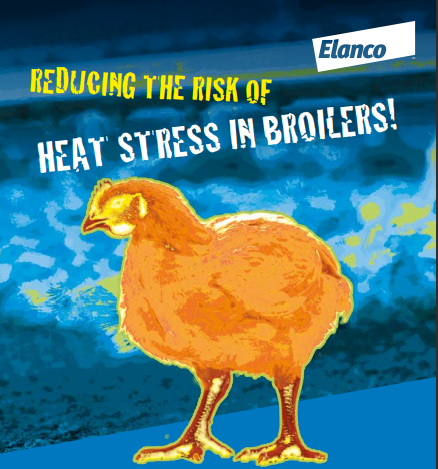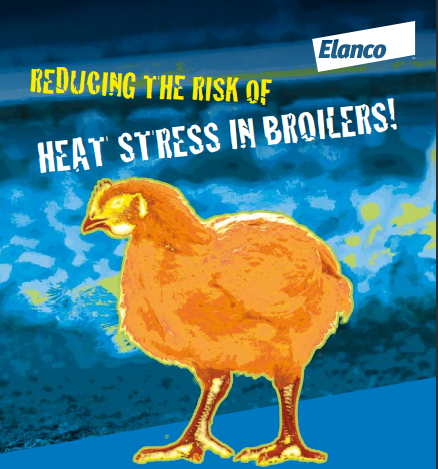How to prevent poultry heat stress
Heat stress is a growing concern in broilers, causing sudden death in birds, as well as reduced or lost production.
The term heat stress is generally used to describe a sudden spike in mortality in broilers during periods of hot weather.
The issue occurs when birds have difficulty achieving a balance between body heat production and body heat loss1.
In some instances, it can be confused with other causes of sudden mortality, such as hypoglycaemia (low blood sugar due to lack of feed), heart failure, and some infectious causes such as E. coli or Gumboro.
It is therefore vital to have an accurate diagnosis for sudden mortality, so you can put the best future prevention strategy in place.
Why are modern broilers prone to heat stress?
Modern broilers have been bred to grow rapidly with a high metabolic rate – something which causes greater heat generation and therefore increases the risk of heat stress.
Although it can occur at all ages, and in all types of poultry, it is more commonly seen in older birds when their growth and metabolic rates peak.
This is because older birds have a smaller surface-to-mass ratio, meaning they are less able to shed heat effectively.
In addition, the greater size of the birds means they are in closer proximity to their flock mates – resulting in heat being more easily transferred between individuals.

What are the signs of poultry heat stress?
Poultry heat stress can be identified through both clinical signs in the shed and post-mortem results.
Clinical signs of heat stress in the shed include:
- Panting
- Mouth breathing
- Increased water intake
- Reduced feed intake
- Reduced feathering and/or broken feather shafts (in chronic cases of heat stress)
- Death
Post-mortem signs of heat stress include:
- Cyanosis (blueish discolouration) of featherless areas of the head
- Venous congestion (blood pooling) throughout the carcass
- Flaccid (floppy) paralysis
Tips for preventing poultry heat stress
Broiler producers can take several steps to reduce the risk of heat stress causing mortality in their flocks.
These include:
- Managing shed temperature and humidity to breed standards for the age of the birds: High humidity even at lower temperatures can lead to birds overheating, and appropriate ventilation replaces humid air with dry air, even on very warm days.
- Using the correct lighting pattern for the age of birds: The dark period is very important for resting the gastrointestinal system and minimising the risk of hypoglycaemic events in birds.
- Minimising stress on birds: Stressed birds are more active, which increases their metabolic rate and heat production. For example, the process of thinning is a significant source of stress for birds and should be carried out with great care. Ideally, it should not be done during hotter times of the day, and producers should consider ventilating houses beforehand to cool them down.
- Avoiding feed outages: Periods without feed can lead to stress and hypoglycaemia in birds, making those growing fast more predisposed to overheating.
- Supplementing water: Consider adding sugars, such as dextrose, vitamin C and/or electrolytes to water during stressful periods, such as thinning or during hot weather. The water should ideally be supplemented 12 hours before each stressful time is expected to start.
- Maintaining water infrastructure: Ensure fresh water is always freely available by keeping water lines well maintained and fully functional.

Reducing the risk of Heat Stress in Broiler
Modern broilers are at particular risk of heat stress1. Heat stress can occur at any age; however, it is more commonly seen in older birds when their growth and metabolic rates are at their peak.
Download our top tips leaflet today to help reduce the risk of heat stress in your boilers this summer.